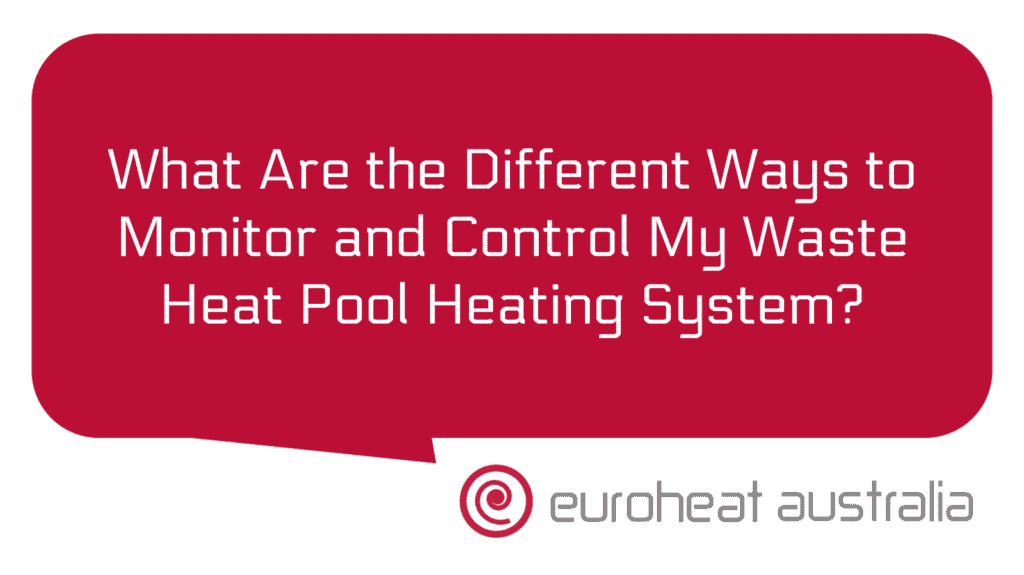Heat and chill recovery systems are becoming increasingly popular among homeowners in Australia. If you’re planning on installing a solar hot water system with heat and chill recovery, you’ll need to learn about the different types of heat exchangers used in these systems.
A heat exchanger is a device that transfers heat from one medium (e.g., water) to another (e.g., air). Heat exchangers can be used to transfer heat from the heated water produced by your solar hot water system to other applications, such as space heating and cooling, and hot water for washing machines or dishwashers. By installing a heat and chill recovery system, you can reduce your energy costs by up to 35%, depending on the type of system you install.
The most commonly used type of heat exchanger in a solar hot water system with heat and chill recovery is the plate-type exchanger. This type of exchanger is made up of several plates that are arranged in an alternating pattern to create a series of channels through which the heated water passes. The plates are separated by gaskets that allow for efficient thermal conduction, making it possible for the heated water to transfer its energy to the other medium (such as air). Plate-type exchangers are highly efficient at transferring large amounts of energy at low temperature differences.
Another type of heat exchanger used in solar hot water systems with heat and chill recovery is the shell-and-tube type. This type of exchanger consists of two concentric pipes, one inside the other, with fins or baffles between them. The inner pipe contains the heated water from your solar hot water system, while the outer shell contains cold air or cold liquid which absorbs energy from the inner pipe as it passes through it. Shell-and-tube type exchangers are highly efficient at transferring large amounts of energy at high temperature differences between media, making them ideal for applications such as space heating and cooling systems.
The third type of heat exchanger used in these systems is called a regenerative-type exchanger. This type consists of two separate chambers filled with metal balls or ceramic material that absorb energy from one side and release it on the other side as they pass through each chamber. The regenerative-type exchanger is ideal for applications such as domestic hot water production where there is a high temperature difference between media but relatively low flow rates involved compared to space heating and cooling applications.
When installing a solar hot water system with heat and chill recovery, it’s important to consult an experienced engineer or installer who can help you select the right type of heat exchanger for your application based on its efficiency characteristics and cost effectiveness. Euroheat Australia offers design & construction services throughout Perth & surrounds – they’ve been designing & constructing hydronic heating & cooling systems using renewable sources since 1990 & have over 30 years experience providing cost effective solutions tailored specifically for home owners across WA!
By taking advantage of Euroheat’s design & installation services you’ll benefit from their expertise in designing & constructing customised hydronic heating & cooling solutions – their team will work closely with you throughout all stages of your project; including selecting suitable components, installation & commissioning – ensuring successful operation now & well into future! Plus they’ll provide you with comprehensive guidance throughout all stages; helping you realise significant savings whilst enjoying greater comfort & increased convenience!
Installing a solar hot water system with heat and chill recovery can help reduce your energy costs significantly – not only will you save money on electricity bills but also benefit from reduced maintenance costs due to less wear on components over time! Plus if you use Euroheat’s services for design & installation then their team will ensure that everything runs smoothly so that your investment pays off quickly!





